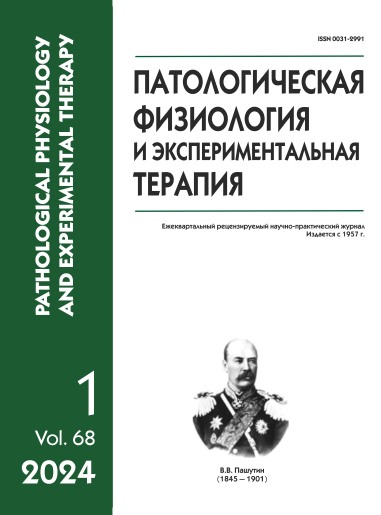Ribonucleic acids of lymphoid cells as regulators of the immune response and potential inducers of the action of antiviral vaccines
Abstract
The clonal organization of lymphoid tissue gives the immune system an exceptional opportunity for the parallel development of several independent processes that can exert mutually inductive, modulating, and corrective effects. The intercellular information exchange "lymphocyte-to-lymphocyte" and "lymphocyte-to-a different histotype cell" is associated not only with cytokine cascades, but also with the functions of non-protein-coding long and short RNA molecules. Studying their properties is of great importance for clinical and preventive medicine. The purpose of this review is to discuss the relationship between the morphogenetic and immune functions of lymphocytes, the role of lymphocytic RNA in the regulation of immune processes, and possibilities of using lymphocytic RNA as an adjuvant for antiviral vaccines. The body's ability to respond not only to foreign immunogenic substances, but also to its own antigens is provided by numerous circulating clones of T-lymphocytes involved in the formation of immunity, and tissue-specific T-lymphocytes that have a morphogenetic function. The morphogenetic and immune functions of lymphocytes are important components of a unified system of homeostasis regulation. To date, it has been proven that the effects exerted by the adoptive lymphoid cell transfer are reproduced by the total RNA of these cells. Data on the pleiotropic and regulatory role of non-coding RNAs have already made it possible to introduce native and synthetic RNA molecules based on bioengineered constructs into therapeutic practice and prophylactic vaccination. As an inducer of the mechanisms of innate and adaptive immunity, for example, in the formation of antiviral protection, it seems promising to use xenogenic total RNA isolated from lymphocytes of a young organism with active morphogenetic processes. Information about RNA molecules that directly interact with the components of the immune system and allow them to achieve a specific prophylactic effect when administered is constantly updated as analytical methods improve and new knowledge about the role of RNA in the regulation of immune processes is gained.






